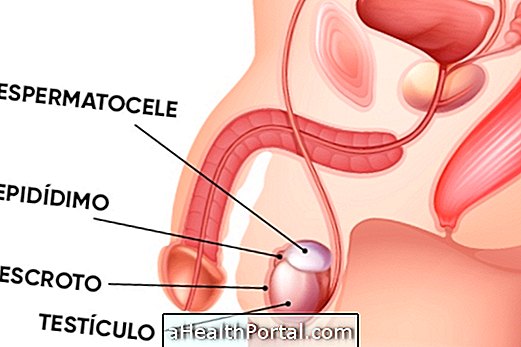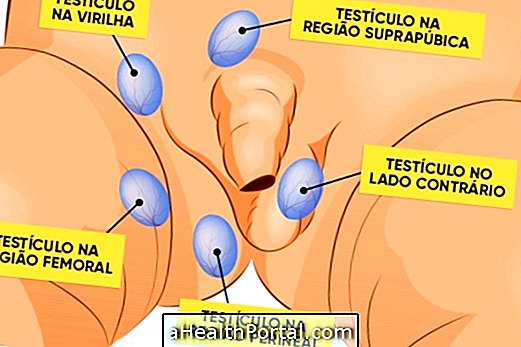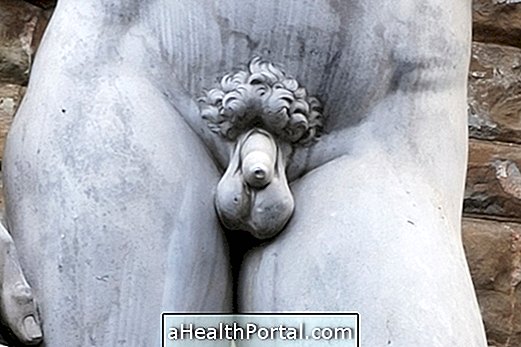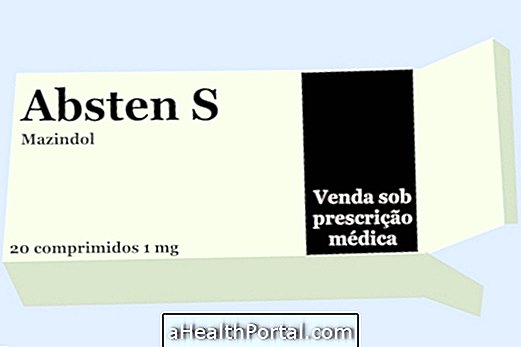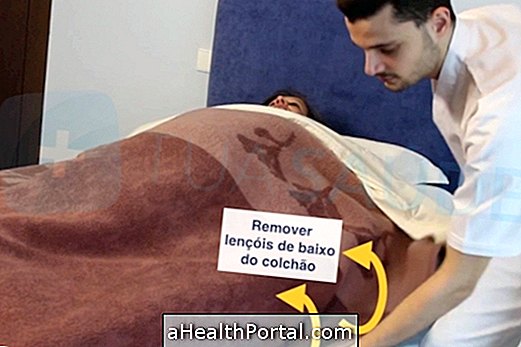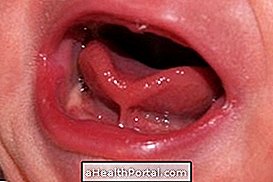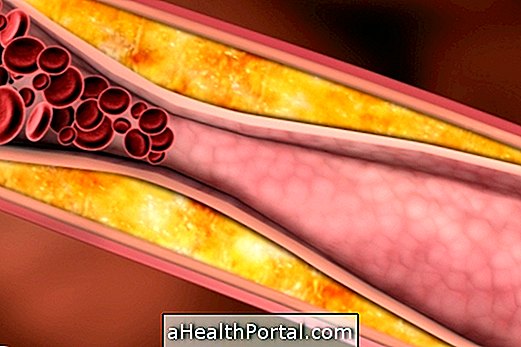The excavated chest, known scientifically as pectus excavatum, is a congenital malformation in which the sternum bone causes a depression in the center of the chest, in the region between the ribs, causing a change in body image that, although not life-threatening, may hinder the development of self-esteem or cause psychological changes in the child.
Although the problem can be identified soon after birth, in many cases it worsens with the growth of adolescence, and therefore treatment is usually only indicated after that period, to reduce the risk of the problem arising again. In rare cases, treatment can also be done on adults, but it is more complicated and time-consuming.
The only way to definitely fix the excavated chest is to have surgery to replace the bones in the correct location.
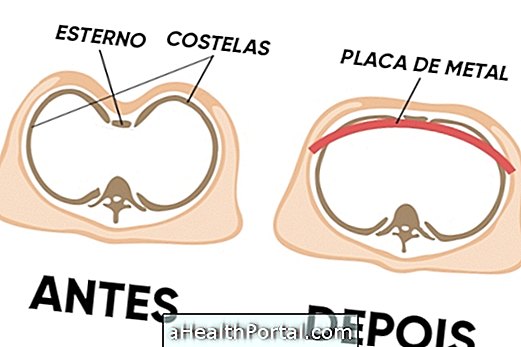
How is the surgery done
Surgery for excavated breast repair can be done in two different ways, depending on the severity and age of the patient. However, in both cases it is done with general anesthesia and it is necessary to stay hospitalized for about 1 week.
The two forms of surgery are:
- Open surgery, or Ravitch: is used in moderate to severe cases and lasts between 4 to 6 hours. In this technique a horizontal cut is made in the chest to remove the abnormal cartilage that attaches the ribs to the bone of the sternum, allowing the bone to return to its correct position. Then surgical materials are placed to keep the chest in the correct position;
- Minimally invasive surgery, or Nuss: is usually done in mild to moderate cases and lasts between 1 to 2 hours. In this technique two small cuts are made under the armpit and then a metal bar is inserted between one cut and another, in order to push the sternum out to the correct position.
This is a very painful surgery and therefore, after the surgery, it is necessary to stay in hospital especially to take analgesics directly into the vein and to improve the comfort, being that the discharge is given as soon as the pain decreases and there are no complications.
How is recovery
In the post discharge period, it is necessary to go to a doctor's office frequently to have an X-ray or CT scan to see if the sternum is still in the correct position. With these evaluations it is also possible to determine the best time to remove the surgical material or metal bar left during surgery.
In the case of open surgery, the material is usually withdrawn after 6 to 12 months, while the minimally invasive surgery bar is removed only after 2 or 3 years.
During this time it is also important to be alert to signs of infection or rejection of surgical material left in the body, such as swelling or redness at the site of cuts, fever above 38 ° C or excessive tiredness, for example.
Sports activities should only be started with the approval of the doctor, avoiding those with the greatest impact and risk of injury, such as football, basketball or martial arts.
What are the main causes
The cause of the arising of the excavated chest is not known, however, it is more common in boys and people who have family history of malformation.
Although not at risk for the child's life, the excavated chest may in some cases lead to symptoms such as chest pain, a feeling of shortness of breath or lack of energy, for example due to the slight compression of organs such as heart or lung.

